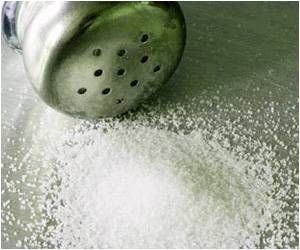On a routine basis, food microbiology laboratories continue to submit false negative results and false positive results.

"There is concern when laboratories report that pathogens are not found in a food sample, when in fact they are there," explained Christopher Snabes, lead author on the study. "This is known as a 'false negative'. Similar concerns arise when a laboratory reports a 'false positive' suggesting that pathogens are in the food sample, when indeed they are not."
The study found that, on average, food laboratories report false negatives of 9.1% for Campylobacter, a bacterial foodborne illness that may cause bloody diarrhea, cramping and fever, and 4.9% for Salmonella, a bacteria that may cause diarrhea, fever and abdominal cramps sometimes leading to hospitalization or death. The false positive rate, on average, is 3.9% for Salmonella, and 2.5% for both E. coli and L. monocytogenes.
This study was conducted by the American Proficiency Institute (API) located in Traverse City, Michigan. API is a private institute that supplies proficiency testing programs for food laboratories and clinical laboratories.
API offers proficiency testing (PT) as an objective method for measuring the accuracy of a laboratory. Participants use API PT up to three times a year to examine the accuracy of their laboratory personnel and their testing methods. The purpose of PT is to determine if the laboratory professional can properly respond to API with correct answers as to what API places in a food sample. PT may test for presence or absence of a substance in a qualitative test, and sometimes PT may require an enumeration response, or quantitative test.
Currently, food laboratories are not required to assess the accuracy or quality of their tests. Laboratories that utilize API PT are doing so voluntarily. Some laboratories use API services to obtain and maintain accreditation. API food microbiology PT programs are used by over 700 food laboratories in 43 countries.
The Food Safety Modernization Act, passed in 2011, included sweeping changes to the country's food safety requirements. Model laboratory standards and laboratory accreditation are addressed as important components of the law. Once rules are promulgated, it is anticipated that all food laboratories will need to ensure that their personnel, and the test methods they use, are in compliance with the law. Yet, food laboratories may start using proficiency testing now to help ensure a safer food product.
 MEDINDIA
MEDINDIA




 Email
Email










